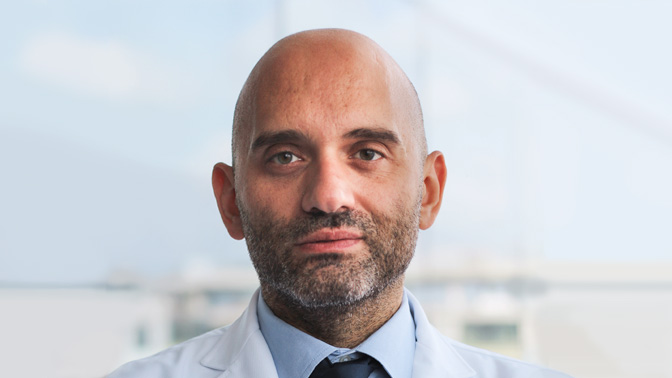
The brain is bathed in a protective fluid called cerebrospinal fluid. In a condition known as hydrocephalus, the fluid fails to drain properly from cavities in the brain called ventricles and puts pressure on the surrounding tissue.
The type of hydrocephalus that is most commonly seen in adults—normal pressure hydrocephalus—can be caused by an infection, tumour or head trauma. However, the condition is often deemed idiopathic, which means that the cause of the fluid accumulation is unknown.
To shed light on this elusive form of hydrocephalus, a research team led by Krembil Clinical Investigator Dr. Alfonso Fasano highlighted the current knowledge gaps in diagnosis and treatment, and proposed a research roadmap to address them.
“There are currently no standardized diagnostic criteria for normal pressure hydrocephalus and it often goes misdiagnosed because the symptoms can be similar to neurodegenerative conditions such as Parkinson disease,” explains Dr. Fasano. “We must take a research-oriented approach to defining diagnostic guidelines and understanding treatment outcomes.”
The researchers highlighted the actions needed to advance our understanding of the condition, which are listed below:
● Develop unified international diagnostic criteria
● Conduct population-based studies to reveal how the disease develops and progresses in a variety of individuals
● Build international biobanks where samples from diverse patient populations can be stored and shared
The roadmap also emphasizes the need for better ways to assess how normal pressure hydrocephalus is treated. Currently, the condition is treated through shunting—a procedure in which a small tube is inserted into the brain to drain excess fluid. A key problem is that the test used to decide whether shunting should be used is unreliable. To address this, the roadmap calls for rigorous clinical trials (ie, randomized controlled trials) that involve a variety of different patients. These trials will help to reveal more effective ways to decide which patients should receive the procedure.
“In order to better treat those affected by this disorder, we need a stronger understanding of the underlying factors,” says Dr. Fasano. “A unified approach is the best way forward. By working together, the research community is uncovering the molecular and biological mechanisms at play so we can improve the quality of life for patients living with this condition.”
Fasano A, Espay AJ, Tang-Wai DF, Wikkelsö C, Krauss JK. Gaps, Controversies, and Proposed Roadmap for Research in Normal Pressure Hydrocephalus [published online ahead of print, 2020 Sep 22]. Mov Disord. 2020;10.1002/mds.28251. doi:10.1002/mds.28251

Lead author, Dr. Alfonso Fasano, is a Clinical Investigator at Krembil and Professor of Neurology at the University of Toronto.

